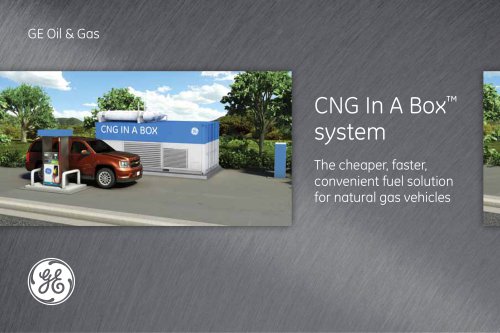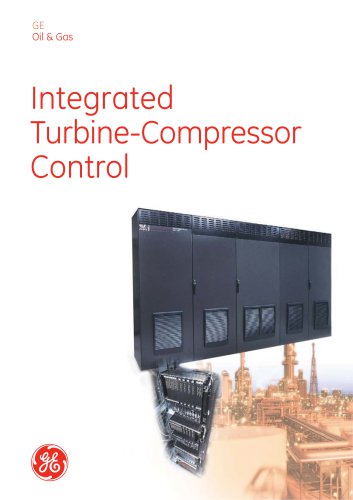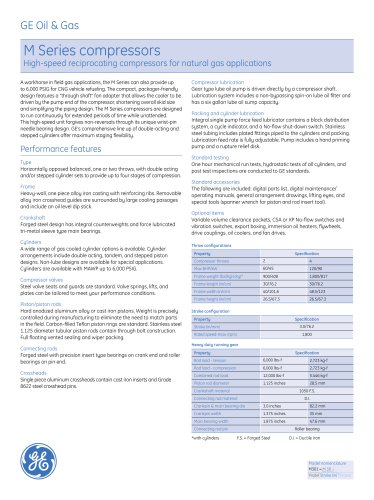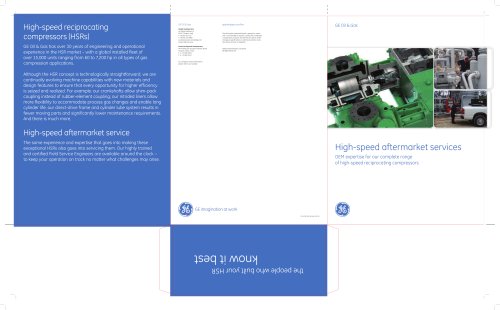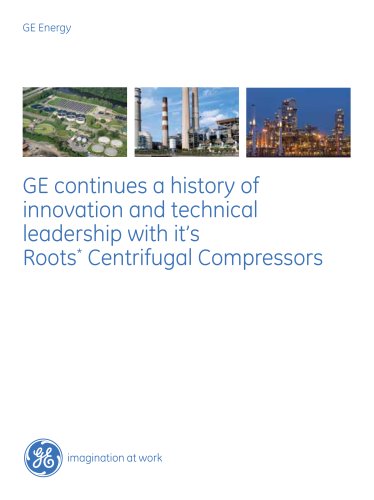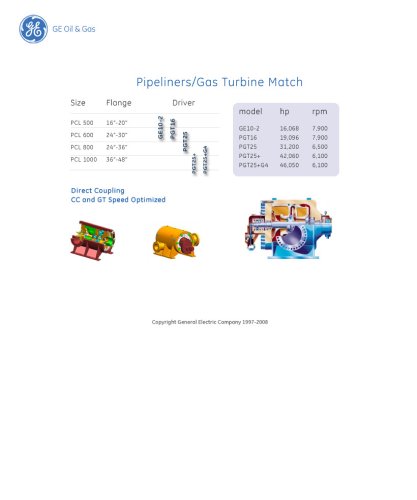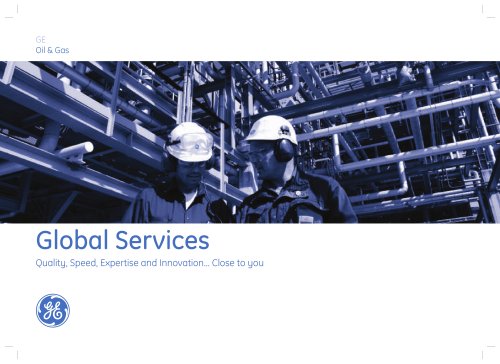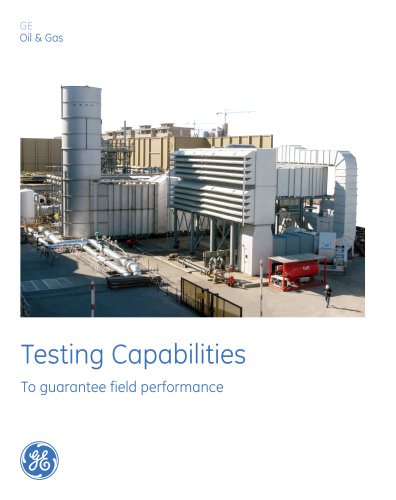 Website:
GE Compressors
Website:
GE Compressors
Group: GE Energy
Catalog excerpts

BAKER HUGHES I a GE company VACS system reduced operational risk in d e bris -fi I ledlonglat^al An operator in Lea County, New Mexico, identified several 2nd Bone Springs wells as candidates for restimulation and needed a way to remove debris from the lateral section of the well. The restimulation called for the installation of a 4.250-in. expandable liner that required an extremely clean wellbore prior to running. Due to the low bottomhole pressure and an inability to circulate, the operator had limited options to achieve the required result. Coiled tubing with energized fluids would not be a financially viable option. The operator turned to Baker Hughes, a GE company (BHGE) for a solution. Long-lost debris removed BHGE recommended a cleanout assembly with a 3.500-in. vectored annular cleaning system (VACS™) tool, 1,000 ft (305 m) of 2 7/8-in. tubing with check valves used as a cavity, and a 4.500-in. washpipe shoe with Bowen™ finger catchers. Pumping down the tubing creates a pressure drop at the VACS tool and a low pressure area at the end of the tool string, which generates a strong suction that pulls debris into the tailpipe. Sand, shales, and other debris travel up into the shoe and the tailpipe where it is permanently retained in the cavity by the check valves or in the shoe by the Bowen finger catchers. As the well’s fluid move up the cavity, it runs through the VACS filter, ensuring it is clean. The VACS tool assembly can be rotated during operations to wash over hard-packed sand or bridges to optimize the clean out through the horizontal section where bailer rotation is problematic. During VACS operations, the wellbore was washed down from 8,860 ft to 13,420 ft (2701 m to 4090 m) through the lateral. A total of 37 joints of 2 7/8-in. tubing filled with sand were recovered. This equated to 264 ft (80 m) of completely lost 5.50-in. 17 lbs/ft production casing. A total of 36 slips and miscellaneous plug parts were recovered that had been in the well since the initial stimulation in 2012. Five monel bands were also recovered that were lost Results • Eliminated the need to reverse circulate or circulate conventionally to surface • Cut costs required for coiled tubing unit rental and energized fluids, saving the operator an estimated $30,000 USD per day in spread cost • Reduced operational risk in a debris-filled lateral • Recovered 37 joints of 2 7/8in. tubing filled with sand (257 gals or 6.12 bbls) • Recovered 36 cast iron slips from previous plug n perf operations, miscellaneous plug parts, and monel bands Challenges • Perform cleanout in the lateral from 8,860 ft to 13,420 ft (4,560 ft) for an expandable liner installation • 5.50-in. 17 lb/ft production casing was filled with multiple types of debris from previous operations
Open the catalog to page 1
while pulling the electrical submersible pumping (ESP) system. A successful 4.767-in. full gauge mill run was then conducted in unison with the VACS tool to ensure a proper cleanout and gauge of the wellbore. Following the full gauge run, the 4.250-in. liner was tripped in hole to the desired setting depth without obstruction so the expansion operations could be conducted. Eight joints of tubing filled with sand, 28 cast iron slips, two ESP monel bands, and a handful of miscellaneous plug parts were recovered in just one trip. bhge.com © 2017 Baker Hughes, a GE company, LLC – All rights...
Open the catalog to page 2All GE Compressors catalogs and technical brochures
-
Iron & Steel
8 Pages
-
2018 Power Services Catalog
111 Pages
-
Ajax? E-565 Gas Engine
2 Pages
-
Virtual Natural Gas Pipeline
5 Pages
-
Dresser? Turbine Meters
8 Pages
-
Portable diagnostics
3 Pages
-
Flexibility & performance
3 Pages
-
M Series compressors 2013
12 Pages
-
Roots Type H
11 Pages
-
M Series compressors 2010
12 Pages
-
High-speed solutions
6 Pages
-
CNG In A Box ? system
16 Pages
-
HE-S
2 Pages
-
API 618
2 Pages
-
Reciprocating Compressors
5 Pages
-
Roots * Turbo Blower
8 Pages
-
Pipeliners-Gas Turbine Match
1 Pages
-
global service
16 Pages
-
Centrifugal Compressors SRL
20 Pages
-
Centrifugal & Axial Compressors
28 Pages















